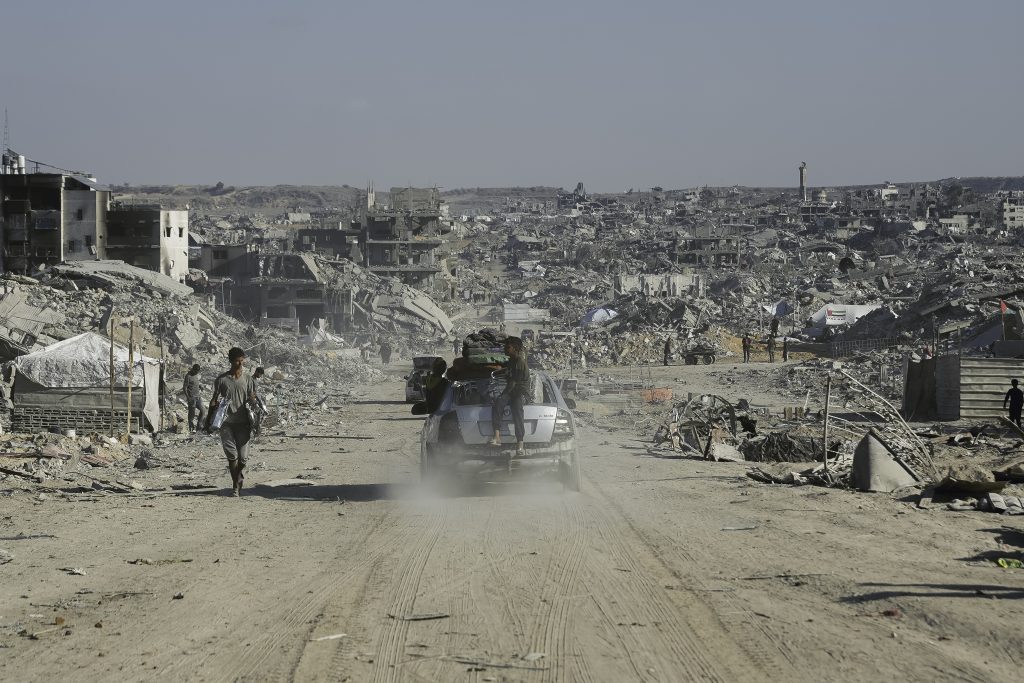South Sudan: A New Country in Crisis
by Ann Witteveen
I was last in Juba in South Sudan in February 1999. At that time, it was a northern held town in southern Sudan and there was only a tiny aid presence – a few intrepid organisations (including Oxfam) providing food aid, clean water and health care for children and their families caught up in the war that had been raging between the north and the south for decades. This war claimed some two million lives over its course and caused, in 1998 one of the most deadly famines in recent history.
In 2011 it seemed that Sudan had put ‘war’ in the history books as South Sudan became the world’s newest country, peacefully seceding to become a new nation with an opportunity for progress and development in one of the most far flung and remote places on earth. Aid agencies, donors and the UN flocked to the new capital of Juba to support the hard work of building the new country.
In December 2013, fighting broke out within the presidential guard barracks which quickly spread to the streets of Juba and then to Jonglei, Unity and Upper Nile states where large sections of the army defected along political and sometimes tribal lines. Peace talks started, stalled and were cancelled. Ordinary people, caught on the wrong side of different ethnic boundaries fled to safety – first to the compounds housing UN soldiers and then to neighbouring states and countries.
The consequences of the current conflict have been far reaching:
- Over 800,000 people have been displaced internally, another 250,000 across borders into Sudan, Ethiopia and Uganda. By some estimates the fighting has killed over 10,000 people so far, but the real killer – hunger and disease – is lurking ever nearer.
- Gains in food security realized over the last several years of peace are being reversed and an estimated 7 million people are in need of assistance. Of these, 7 million, over 3 million are facing emergency or acute food insecurity and 500,000 internally displaced people are at risk of severe food insecurity.
- The planting season is already underway in some conflict affected areas but people aren’t able to plant, fish, migrate with their livestock or hunt because of displacement and insecurity. The traditional coping mechanism of moving out of flooded areas to dry places to plant or to areas where water and pasture is available are being disrupted.
- Domestic cereal prices have meanwhile been rising steadily since May-June 2013, and by March 2014 had reached record levels in most markets, significantly reducing the purchasing power of vulnerable families. The price of sorghum, the main staple, was more than 70 percent higher in March 2014 than in March 2013.
United Nations agencies and partners have so far received only 30.2 percent of the $995 million that they requested to carry out urgent humanitarian interventions set out in the Strategic Response Plan for Sudan in 2014.
The situation unfolding in South Sudan might be far away from Canada and mostly out of the news but the scale of the disaster is something we can’t ignore. The famine in Bhar el Ghazal in 1998 was a direct result of systematic human rights abuses by the government of Sudan and various warlords and other combatants. To me, the situation unfolding now has an eerily familiar ring.
Ann Witteveen is Oxfam Canada’s Humanitarian Unit Manager
More information:
- Background on the South Sudan crisis
- Oxfam in Uganda: Humanitarian assistance to South Sudanese refugees (April 2014)
- Above & Beyond: Voices of Hope from South Sudan (April 2014)
- Loaded Guns and Empty Stomachs: Fixing a food crisis and preventing a catastrophe in South Sudan (April 2014)

